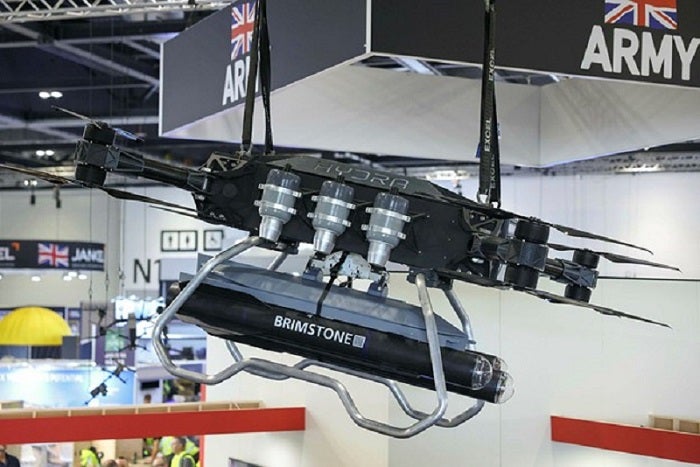
The British Army has decided to reorganise its deployment of mortars and missiles in an effort to bring more mortar firepower to the battlefield, while also remaining concious of costs per missile.
Firstly, the Army will replace many of its existing L16 81-millimetre (mm) mortars with a new 120mm system, which will provide greater firepower.
L16 mortars are battlegroup-level indirect fire weapon systems that are capable of providing accurate high explosive, smoke and illuminating rounds out to a maximum range of 5.6 kilometres (km).
Mortar platoons are mounted in and fire from armoured personnel carriers, increasing mobility and enabling rapid disengagement and movement to new fire positions.
While it is not yet known what type of 120mm mortar systems the Army will deploy, the average maximum range of this heavy calibre can reach up to 7.2km to 9.5km. The 120mm has become a common standard across Nato, but until now the UK had been the only major Western Army in which it was not in use.
Interoperability with allies and partners has become a cardinal rule for Nato members today. For that reason, the British Army’s decision to make the change is to align more closely with allied troops.
However, it should be noted that the only force to continue using the existing L16 will be with the Royal Commandos, for whom the system is more readily deployable – troops can even jump out of a plane with the system.
Secondly, the Army will also look towards the use of cheaper 70mm rockets to fulfil land attack requirements, to augment more costly but sophisticated missile systems currently in service such as the Brimstone and Javelin.
A UK Parliamentary question posed by SNP MP Carol Monaghan in 2016 indicated that per-unit cost of a Brimstone missile of £150,000, although the UK Government has consistently withheld disclosing the cost of the missile on commercial and capability grounds.
The UK’s Project Wolfram, a little-known programme to develop a next-generation mobile anti-armour capability utilising the Brimstone missile, could be set to begin live fire tests as early as Q2 2024, in the latest step to provide the British Army with a battlefield-shaping weapon.
The move towards adding a 70mm option to land attack indicates that the British Army is still exploring different methods to deliver effect to the battlefield.
Brimstone itself is a ‘one missile multiple platform’ system that can be used against platforms ranging from fast jet, attack helicopters, remotely piloted air systems, to land and maritime platforms, using the same missile. The lightweight strike missile has a length of 1.8m, a diameter of 180mm and weighs 50kg.
At the end of February, the UK sent 200 Brimstone anti-tank missiles to Ukraine’s Armed Forces.

These changes follow efforts to reform the UK’s procurement process at the end of February, whereby the Minister for Defence Procurement James Cartlidge pushed for the spiral development of systems.
“Rather than striving for perfection before delivering to the frontline, capabilities at 60-80% of their full potential will be provided to the user, allowing early application, and subsequent improvements to reach their full potential.”
Essentially, this plan eases the stress on UK industry to supply much-needed military systems at pace at the cost of buying bespoke alterations, instead the Government has opted for systems off-the-shelf.
As part of these efforts to sustain existing military systems, the British Army’s changes similarly point to the fact that the procurement of new, bespoke systems is not necessarily the solution to force modernisation and readiness.
This an issue that the Hungarian Government are struggling with as they seek to balance their policy of faster procurement and forming a clearer doctrine for its force structure.
Additional reporting from Richard Thomas.
This article has been updated for clarity.



